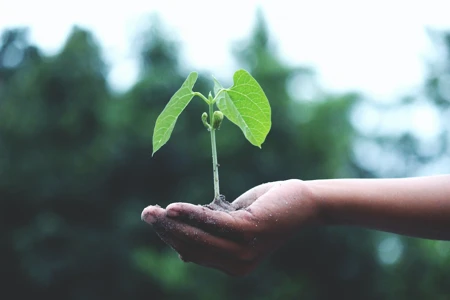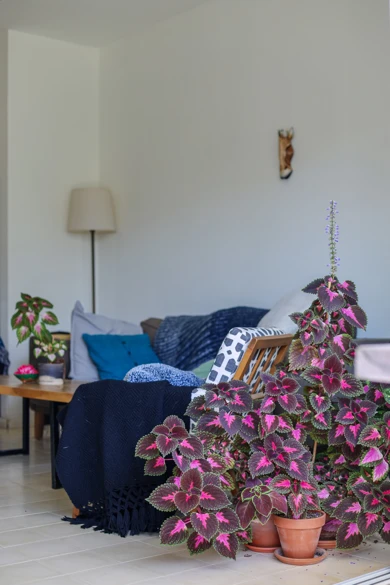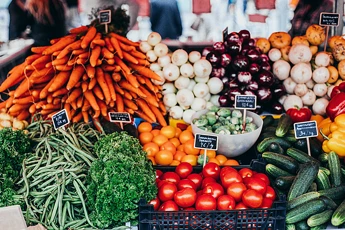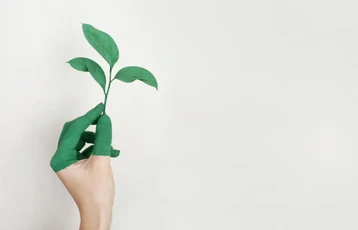With a wide range of technical jargon and buzzwords - many of which are thrown around without any clear explanation - it can certainly prove confusing.
Whether you're a seasoned environmentalist or a newcomer looking to make positive changes, we’ll demystify some of the most common terms and concepts related to environmentally friendly living - helping you navigate the language of sustainability and make more informed, conscious choices.
1) Retrofitting
Retrofitting refers to the process of upgrading or modifying an existing building or system to improve energy efficiency, reduce environmental impact, and increase sustainability. This can include installing solar panels and insulation and upgrading lighting.
2) Net zero
Net zero refers to the balance between the amount of C02 produced and the amount removed from the atmosphere, resulting in a net zero energy footprint. This is often achieved through the use of renewable energy sources and energy-efficient practices.
3) EPC
EPC stands for energy performance certificate, and is a document that rates the energy efficiency of a building on a scale from A to G. It provides information on the energy use and carbon emissions of a property, as well as recommendations for improvements.
4) Greenwashing
Greenwashing refers to the practice of making misleading or exaggerated claims about the environmental benefits of a product or service, often to appeal to environmentally conscious consumers.
5) Green mortgage
A green mortgage offers financial incentives to borrowers who buy energy-efficient homes or make energy-saving upgrades to their existing homes, with the aim of reducing the environmental impact of homes and encouraging sustainable practices.The terms of a green mortgage can vary depending on the lender, but may include lower interest rates, reduced fees, or longer repayment terms. Some may also require borrowers to meet certain energy efficiency standards or make specific upgrades to their homes in order to qualify for the financial benefits.
6) Sustainability
Sustainability is the practice of preserving natural resources, meeting human needs without compromising future generations. It involves balancing economic, social, and environmental factors and promoting efficient, responsible solutions for a better world. Ultimately, sustainability is about creating a better world for all people and for the planet as a whole.
7) Conservation
Conservation is the sustainable use and management of natural resources, including plants, animals, and their habitats. It aims to preserve biodiversity and ecosystem services for future generations.
8) Regeneration
Regeneration refers to the process of restoring degraded or damaged ecosystems, often through the reintroduction of native species and the restoration of natural ecological processes.
9) Biodiversity
Biodiversity is the variety of life on earth, encompassing all living organisms from microbes to plants and animals. It plays a vital role in maintaining the health of ecosystems, supporting human wellbeing, and contributing to the resilience of natural systems in the face of environmental change.
10) Biodegradability
Biodegradability refers to the ability of a substance to break down naturally in the environment, often by the action of microorganisms. Biodegradable materials are often preferred over non-biodegradable materials as they have a lower environmental impact.
What’s next?
Environmentally friendly living is not just a trend, it's a necessity. The planet is facing unprecedented environmental challenges, and it's up to all of us to take action and make a difference. By adopting the concepts and practices outlined above, we can all work towards a more sustainable and just future. So let's commit to reducing our environmental impact, promoting sustainability, and building a better world for ourselves and future generations.
Important information
Your home may be repossessed if you do not keep up repayments on your mortgage.
There may be a fee for mortgage advice. The actual amount you pay will depend on your circumstances. The fee is up to 1% but a typical fee is 0.3% of the amount borrowed.




